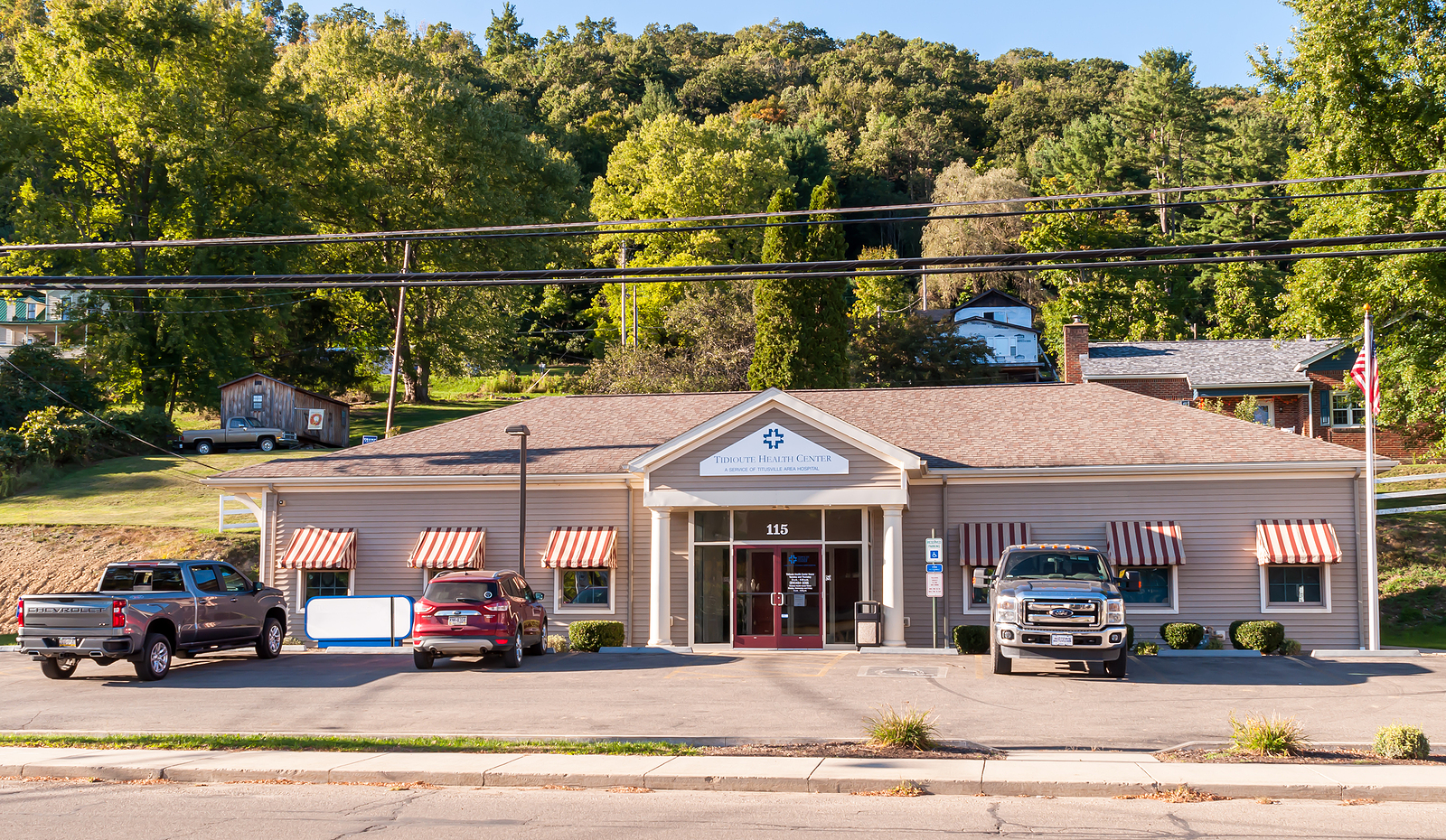How Small Practices and Hospitals Can Fit Within the Larger Health IT Landscape
For physician practices and small hospitals, the health IT landscape can seem a bit scary.
Technology is increasingly complicated and expensive. There are myriad electronic medical and health record (EMR/EHR) systems and health information exchanges (HIEs) to consider and manage. New standards and requirements keep rolling out. And now people are talking about this TEFCA thing**.
It can be hard to stay atop all of that while also taking care of patients and managing operations.
Trust me, I know. When I worked at a physician’s office, in addition to managing patients, coordinating doctors, and faxing referrals, I was also our IT person. And I struggled to ensure computers remained current and connected to our EHR and HIE system.
But physician practices and small hospitals cannot sit on the sidelines as the vision of national health interoperability becomes a reality. The federal government is implementing TEFCA – the Trusted Exchange Framework and Common Agreement – which sets out the processes and standards for national interoperability, and all healthcare providers will eventually need to abide.
There’s a simple solution
Though TEFCA is a big, complex process, the truth is, most small physician practices and health systems don’t need to worry about all the technical details. You just need to know someone who does.
And we do.
That’s the benefit of a regional health information exchange (HIE) like Centralis Health.
In our role as an HIE, we bridge the technology gap between more than 200 small practices and hospitals across the southeast and the qualified health information networks (QHINs) that make up the backbone of TEFCA.
See, health IT regulators know how complex healthcare interoperability truly is. They understand that independent physician practices and small hospitals don’t have the people or resources to engineer their systems to comply with constantly evolving rules and technology specifications. So under TEFCA, they created a tiered structure that allows smaller providers to connect with regional HIEs, which then connect into the national network.
This tiered structure allows for the right sizing of the network AND better support for smaller healthcare providers.
Our hConnect platform integrates seamlessly with any EHR system and operates via a web-based portal. And because we are connected to the eHealth Exchange (the largest national network and a candidate QHIN), all of our participants can share records with more than 75 percent of all hospitals nationwide.
Essentially, a regional HIE like Centralis gives physician practices and small hospitals a simple, easy-to-implement, and cost-effective solution to staying ahead in the ever-changing health IT landscape.
Contact us to learn more about what Centralis can do for your practice or hospital.


